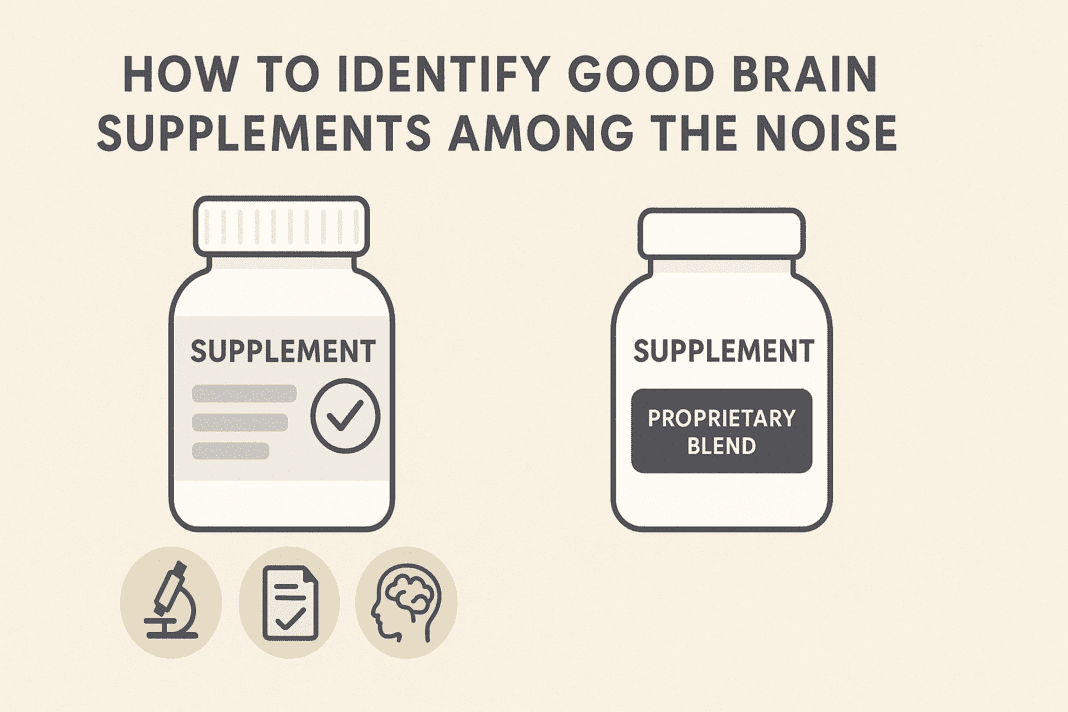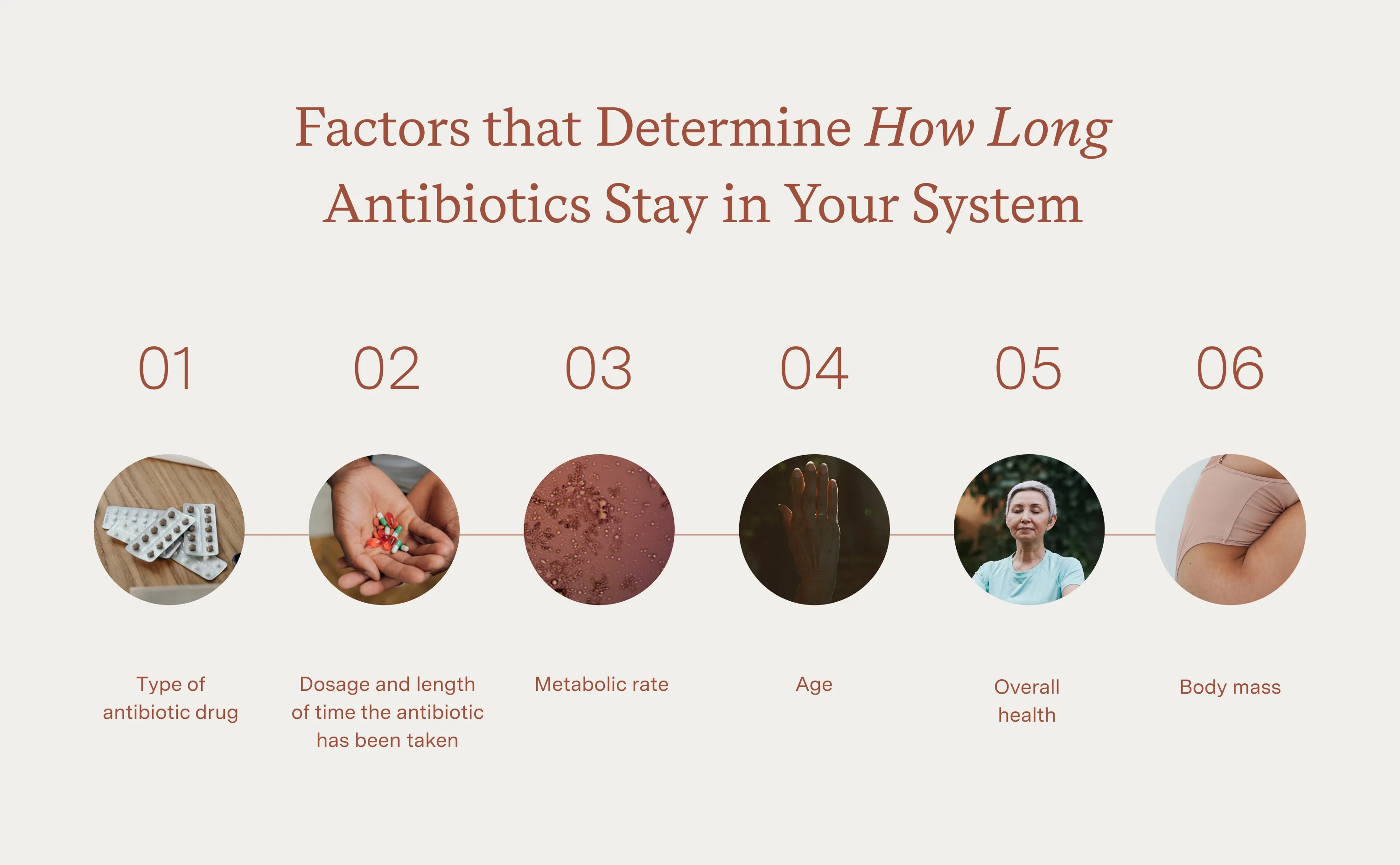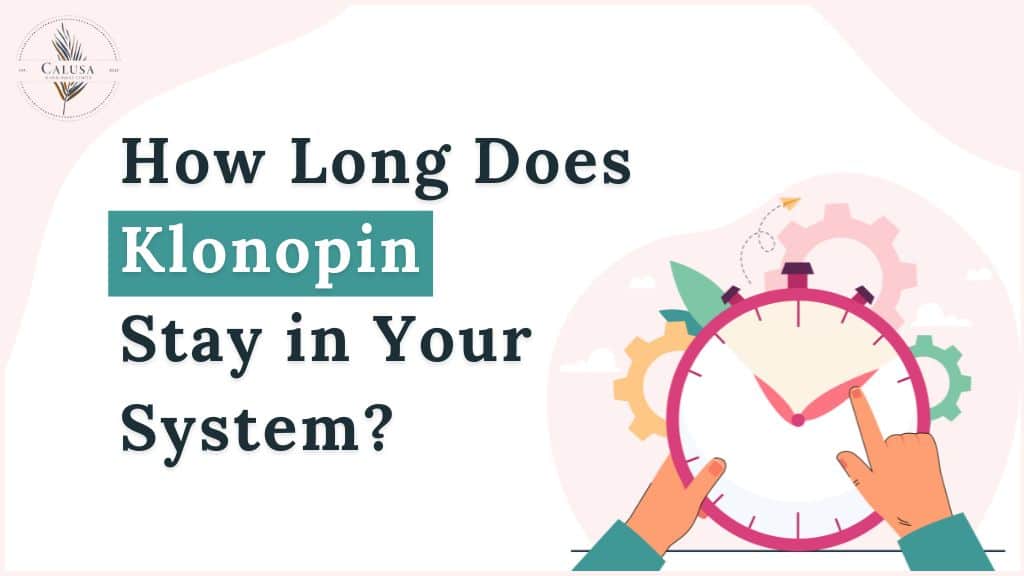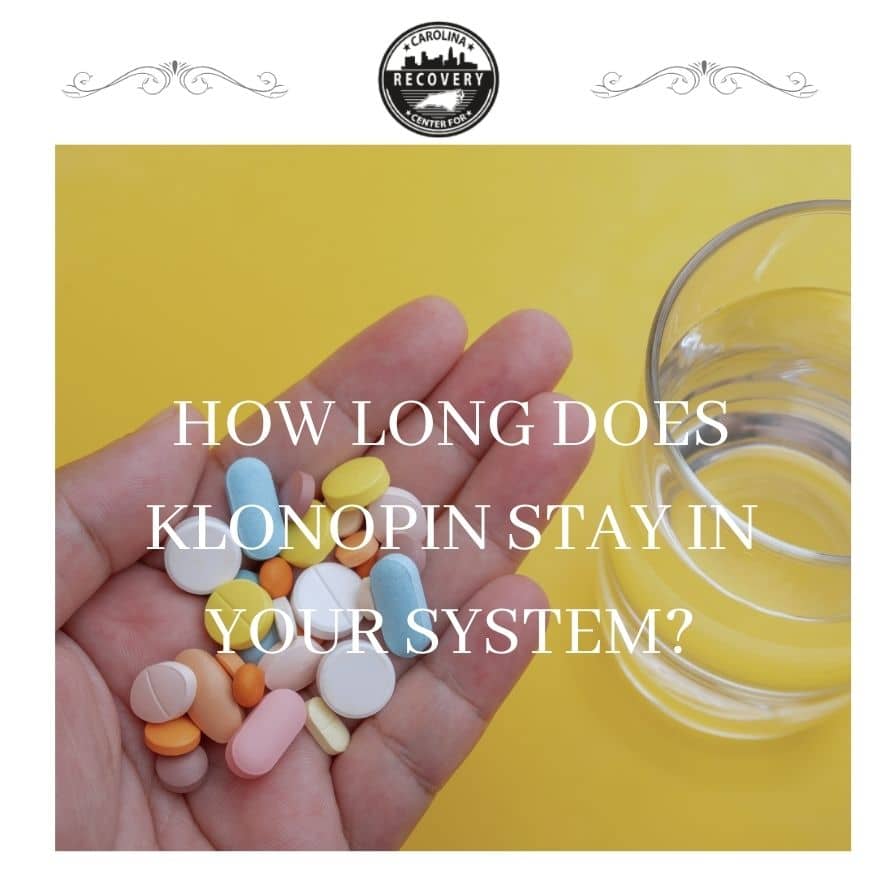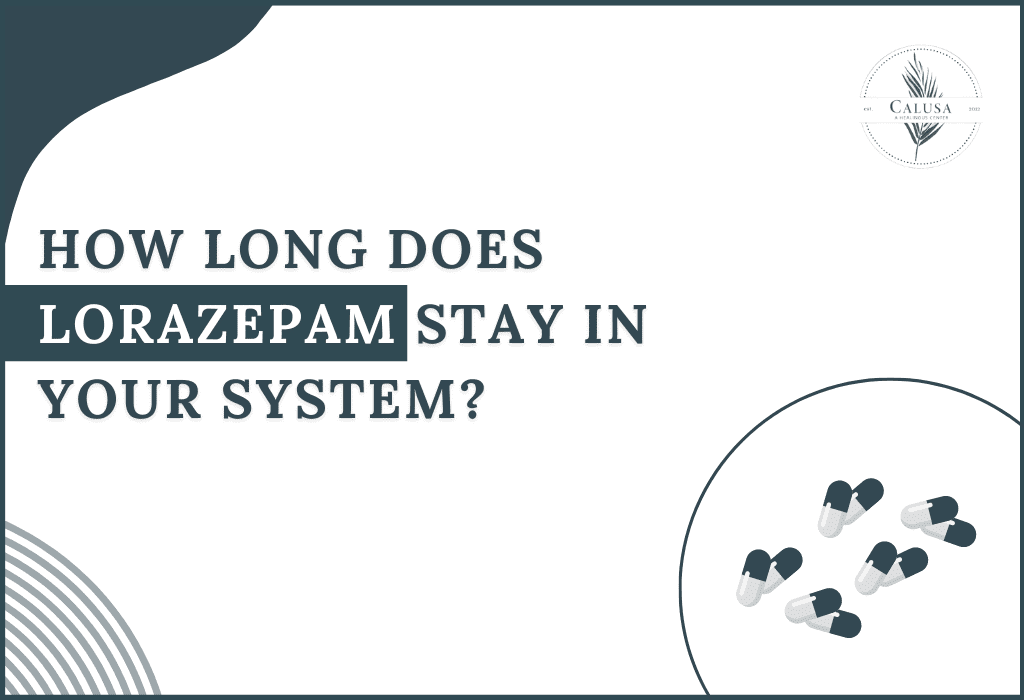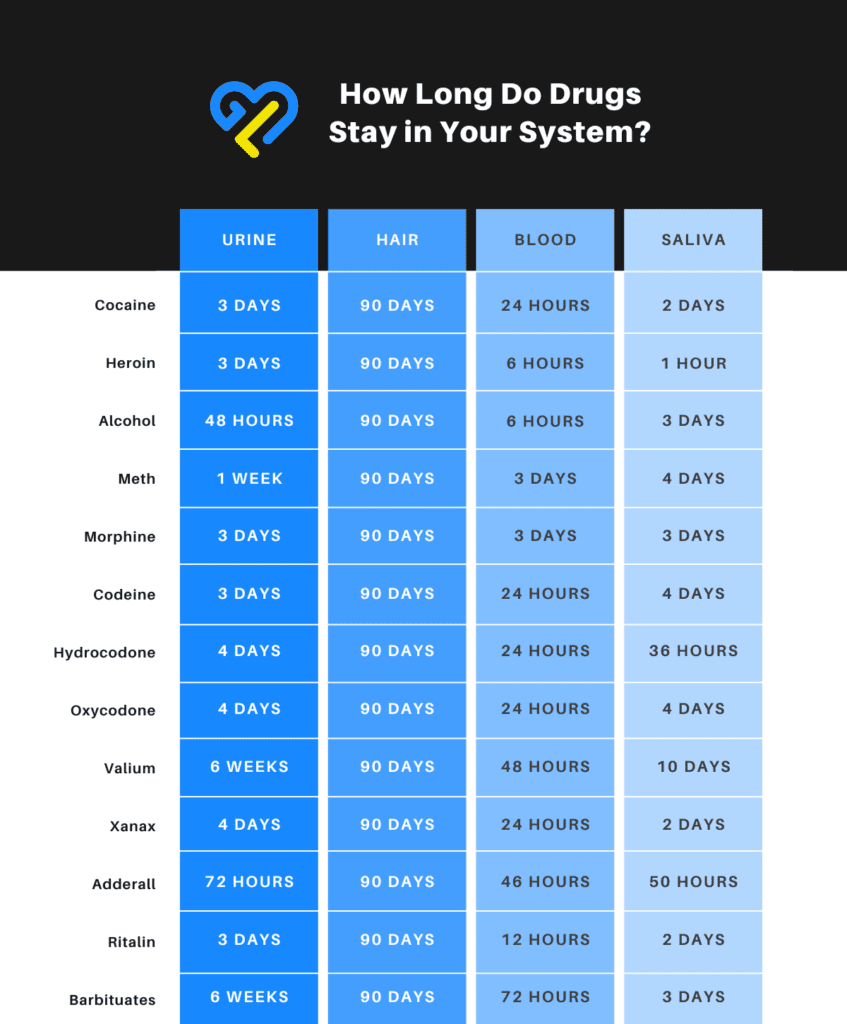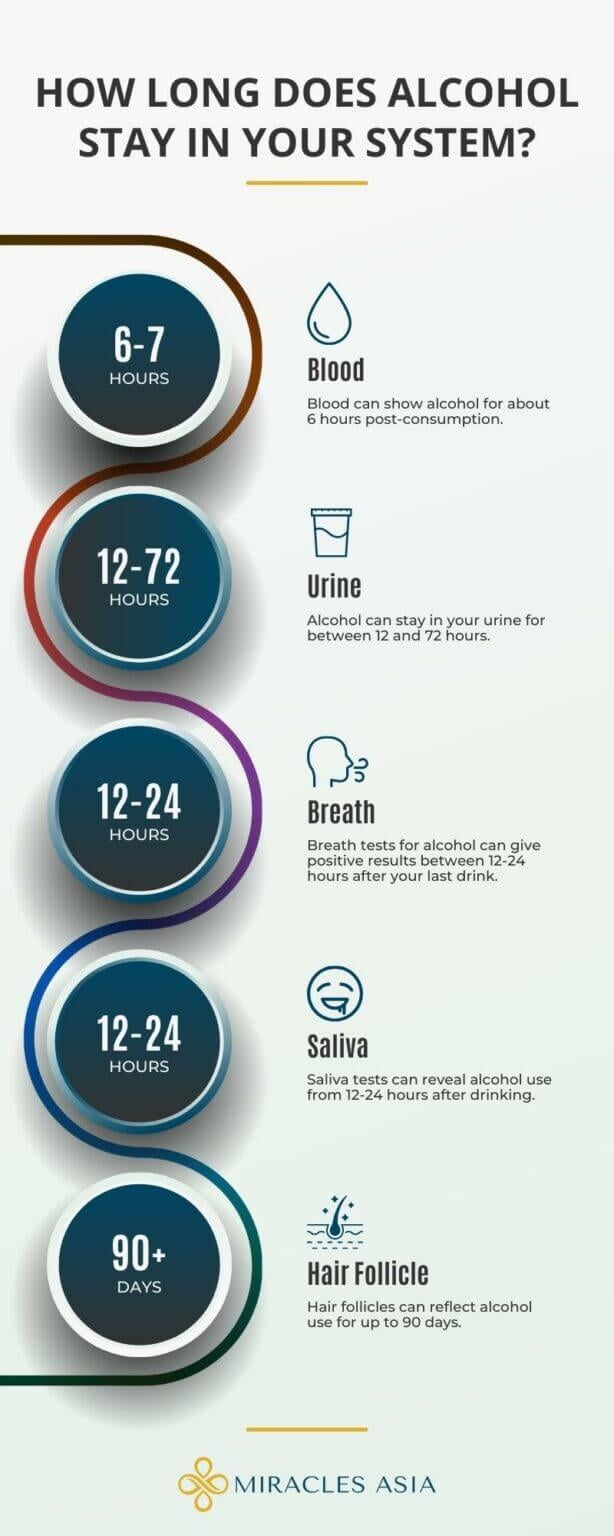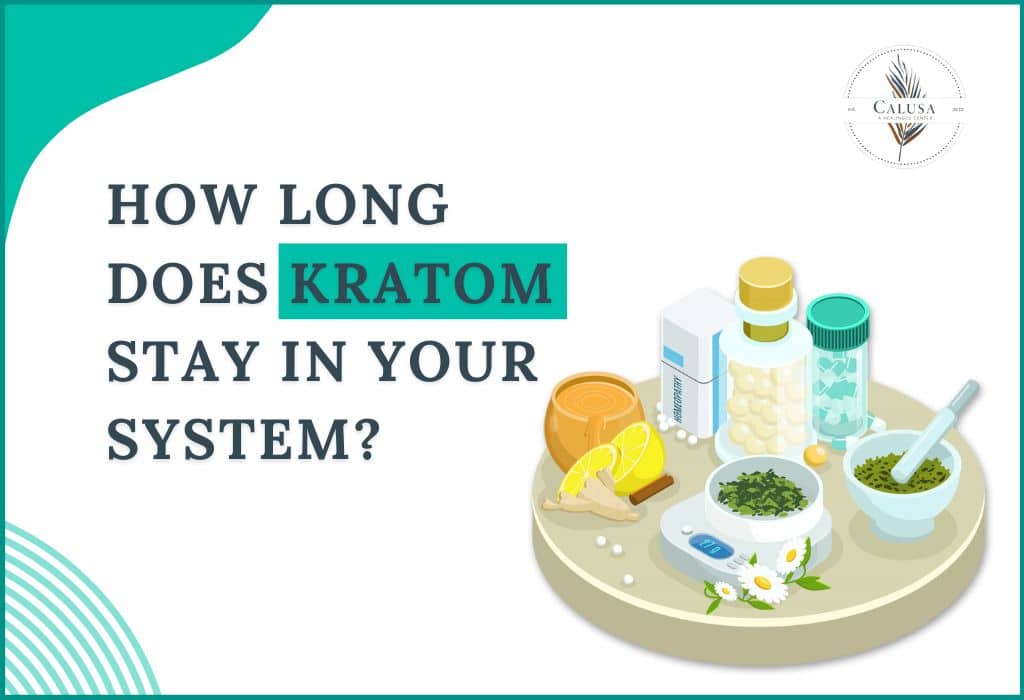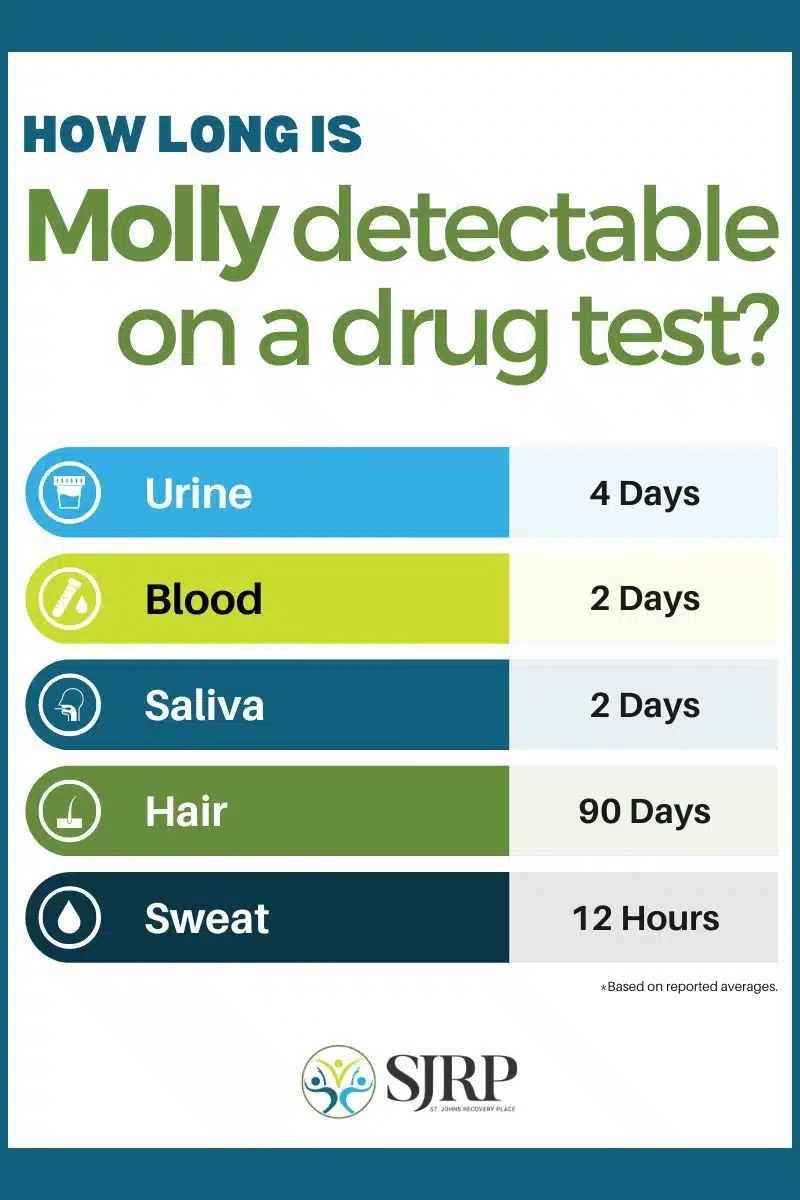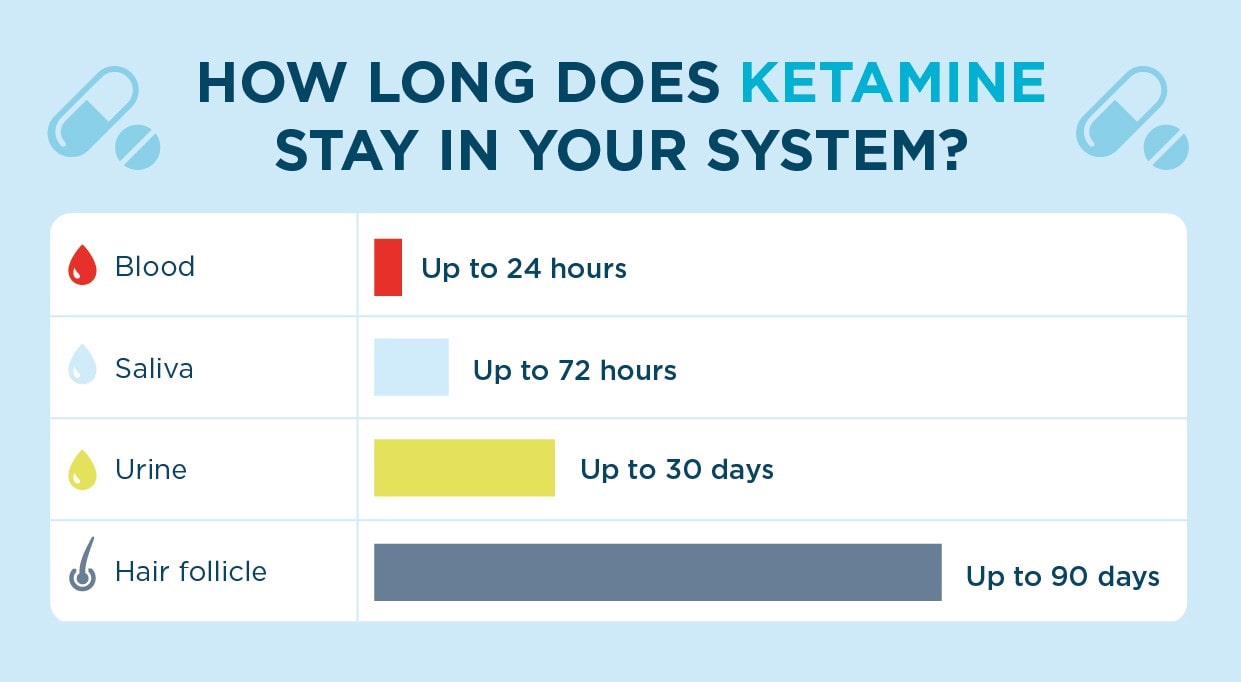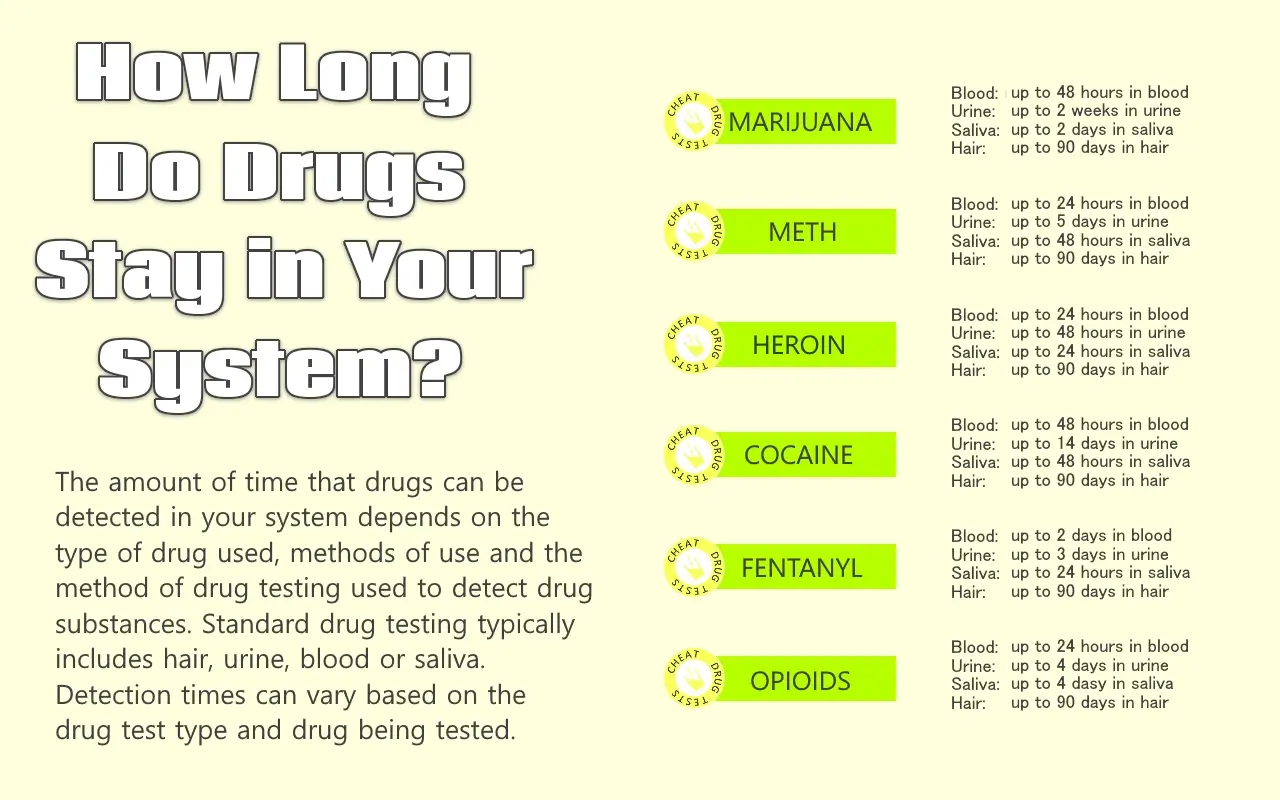How Long Do Nootropics Stay In Your System

In the relentless pursuit of cognitive enhancement, nootropics, often dubbed "smart drugs," have surged in popularity. From students seeking an academic edge to professionals striving for peak performance, the allure of heightened focus and memory is undeniable. However, a crucial question often lingers: how long do these substances actually remain in your system, and what implications does that have for health and detection?
This article delves into the often-murky science behind nootropic elimination, exploring the factors that influence how long these compounds linger in the body. We will examine the elimination half-lives of several common nootropics, discuss the variables that impact drug metabolism, and consider the potential consequences for drug testing and overall well-being. Understanding the duration of nootropic presence is critical for responsible use and informed decision-making.
Understanding Nootropic Half-Life
The concept of half-life is fundamental to understanding how long a nootropic stays in your system. Half-life refers to the time it takes for the concentration of a drug in the body to reduce by half. After one half-life, 50% of the drug remains; after two, 25%; and so on.
Generally, it takes approximately five half-lives for a drug to be almost completely eliminated from the body. Keep in mind that this is a general guideline and individual variations can significantly impact these timelines.
Common Nootropics and Their Elimination Times
Let's examine the half-lives of some commonly used nootropics:
- Caffeine: Arguably the most widely consumed nootropic, caffeine has a half-life ranging from 3 to 7 hours. This means that for someone with a 5-hour half-life, it would take about 25 hours for caffeine to be nearly completely eliminated.
- Piracetam: One of the original nootropics, piracetam has a half-life of around 4.5 to 8.5 hours. Elderly individuals may experience a prolonged half-life.
- Modafinil: A prescription drug often used off-label for cognitive enhancement, modafinil boasts a long half-life of 12-15 hours. This can lead to effects lasting well into the next day.
- L-Theanine: Commonly paired with caffeine, L-theanine has a relatively short half-life of around 1-2 hours. Its effects are typically felt within 30-45 minutes and dissipate relatively quickly.
- Creatine: Although often associated with muscle building, creatine also has cognitive benefits. Its half-life isn't relevant in the same way as other nootropics, as it's stored in the body and gradually depleted based on usage and metabolism.
It's crucial to consult the prescribing information or a medical professional for the specific half-life of any nootropic you are considering. This information is essential for understanding potential side effects and interactions.
Factors Influencing Nootropic Metabolism
Numerous factors can influence how quickly your body metabolizes and eliminates nootropics. These variables can explain why individuals respond differently to the same substance.
Age
Age significantly affects drug metabolism. Elderly individuals often have reduced liver and kidney function, leading to slower drug clearance and prolonged half-lives. This necessitates lower doses and careful monitoring.
Liver and Kidney Function
The liver and kidneys are the primary organs responsible for metabolizing and excreting drugs. Impaired function in either organ can dramatically slow down the elimination process, increasing the risk of adverse effects.
Genetics
Genetic variations in enzymes responsible for drug metabolism can lead to faster or slower clearance rates. Pharmacogenomics, the study of how genes affect a person's response to drugs, is becoming increasingly important in personalized medicine.
Body Composition
Body fat percentage can influence the distribution and elimination of certain nootropics, particularly those that are fat-soluble. A higher body fat percentage can potentially prolong the half-life of these substances.
Drug Interactions
Taking multiple drugs concurrently can lead to complex interactions that affect metabolism. Some drugs can inhibit or induce liver enzymes, altering the clearance rate of other substances. It is important to discuss all medications and supplements with a healthcare professional.
Dosage and Frequency of Use
Higher doses and frequent use can overwhelm the body's metabolic capacity, potentially leading to accumulation and prolonged effects. Adhering to recommended dosages is crucial for safe and effective use.
Nootropics and Drug Testing
The detectability of nootropics in drug tests depends on the specific substance, the type of test used, and the detection window. Standard drug tests typically screen for illicit drugs and certain prescription medications, but often do not include specialized nootropics like piracetam.
However, some nootropics, like modafinil, can be detected in specialized drug tests. The detection window can range from a few days to several weeks, depending on the substance and the sensitivity of the test. Athletes and individuals in professions with strict drug testing policies should exercise caution and research the detectability of any nootropic they are considering using.
The World Anti-Doping Agency (WADA) maintains a list of prohibited substances, and it's critical for athletes to be aware of these regulations.
Responsible Nootropic Use
Understanding how long nootropics stay in your system is essential for responsible use. Consider the following guidelines:
- Consult a healthcare professional: Before starting any nootropic regimen, consult with a doctor or qualified healthcare provider.
- Start with low doses: Begin with the lowest effective dose and gradually increase it as needed.
- Monitor for side effects: Pay close attention to any adverse effects and discontinue use if necessary.
- Cycle your use: Consider cycling your nootropic use to prevent tolerance and potential withdrawal symptoms.
- Be aware of drug interactions: Inform your doctor of all medications and supplements you are taking.
Responsible use also involves prioritizing sleep, nutrition, and exercise. These lifestyle factors play a crucial role in cognitive function and overall well-being.
The Future of Nootropics and Personalized Medicine
The field of nootropics is rapidly evolving, with ongoing research exploring new compounds and their potential benefits. As personalized medicine advances, we can expect to see more tailored approaches to nootropic use, taking into account individual genetic profiles and metabolic characteristics.
This personalized approach will allow for more precise dosing and monitoring, minimizing the risk of adverse effects and maximizing the cognitive benefits. Furthermore, advancements in drug testing technology may lead to more comprehensive screening for a wider range of nootropics.
Ultimately, a thorough understanding of nootropic pharmacokinetics, coupled with responsible usage and personalized approaches, will pave the way for safer and more effective cognitive enhancement strategies. While the allure of a quick cognitive boost is tempting, prioritizing long-term health and well-being should always be the guiding principle.
